A controversial proposal by Senator Mike Lee (R‑Utah) to sell more than 3 million acres of federally owned public land across the West has been struck from a Republican budget bill after the Senate parliamentarian ruled it violated chamber rules. But the debate is far from over.
Lee’s plan, which would have authorized sales of roughly 3,300 square miles of Bureau of Land Management and U.S. Forest Service land — an area larger than Delaware — was pitched as a response to the West’s housing crisis. Lee argued that federal ownership of land near many Western towns keeps property prices high, making it harder for young families to afford homes where they grew up.
The measure, however, sparked intense pushback from environmental groups, conservationists, and even some Republican senators from Idaho and Montana, who voiced concern about losing public access and the long-term stewardship of Western landscapes.
To understand the legal and practical stakes behind Lee’s proposal, Wyoming Star spoke with Mark Squillace, Professor of Law at the University of Colorado Law School.
On why the proposal was struck from the reconciliation bill
In plain language, what feature of the Byrd Rule made the land-sale amendment “extraneous” to reconciliation?
Mark Squillace:
It’s not clear. To fit into a reconciliation bill, the provision must impact the budget, and Lee argued that the land sale would generate income and thus impact the budget, but it may be that the budgetary impact was speculative and would play out over too long a time window.
On the claim that federal land ownership drives up housing costs:
Senator Lee argues that federal ownership suppresses affordable housing supply near Western towns. Does available evidence support or refute that claim?
Mark Squillace:
No, and Lee’s proposal is in no way limited to promoting affordable housing. Indeed, it is far more likely to be used by wealthy individuals who want to claim some of our most valuable public lands for private multi-million dollar homes.
On the potential ecological and recreational impacts:
Which ecological or recreational resources would be most at risk — or perhaps gain — if large BLM tracts within five miles of towns were privatized?
Mark Squillace: Because Lee’s proposal allows private parties to nominate tracts for sale, we should expect that they will nominate the most scenic and potentially valuable tracts. I suspect that public land along waterways will be especially vulnerable to sale, and these tracts often have important ecological values.
These sales could also disrupt the government’s ability to protect larger landscapes that are important for preserving wildlife corridors.
On how states have managed land transfers historically:
Historically, how have Western states managed lands transferred to them, and what lessons should inform any future transfer?
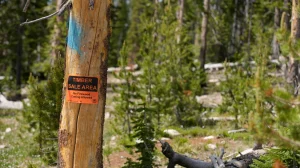
Source: Bloomberg / Getty Images
Mark Squillace: That’s hard to explain in a general way. Most state lands are one-mile square school sections that were given to the states upon statehood.
Wyoming got two school sections for each 6-mile square township.
But Utah got four school sections from each township. The problem is that these are scattered all over the state and so it’s pretty hard to manage them for maximum benefit. Utah was able to get Congress to pass a law that allowed them to exchange their school sections in the Grand Staircase Escalante National Monument for a consolidated tract of other public land that has generated hundreds of millions of dollars in income for the state.
On GOP divisions over public land sales:
Several Republican senators from public-land states opposed the measure. What does that split tell us about evolving GOP attitudes toward federal land retention?
Mark Squillace:
What it tells us, I think, is that selling off our public lands is wildly unpopular with a wide swath of Americans from all political backgrounds.
On what happens if Senator Lee tries again:
If Senator Lee re-introduces a scaled-back plan outside the budget process, what congressional or administrative hurdles would it face?
Mark Squillace:
I have not seen the text, but I understand that he has introduced new language that would limit sales to BLM lands only and then only lands within 5 miles of a population center — a term that the bill does not define. I doubt that this will appease the bill’s opponents. But time will tell.
Editor’s Note:
Senator Lee’s proposal may have been halted for now, but the broader questions it raises remain pressing: What role should federal public lands play in shaping housing, conservation, and the identity of the West? And who gets to decide the fate of these shared landscapes as Western communities confront growth and change?
As Lee signals intentions to revise and reintroduce his plan, the fight over the future of Western public lands is just beginning — and it will continue to test where policy, law, and community values intersect in the American West.
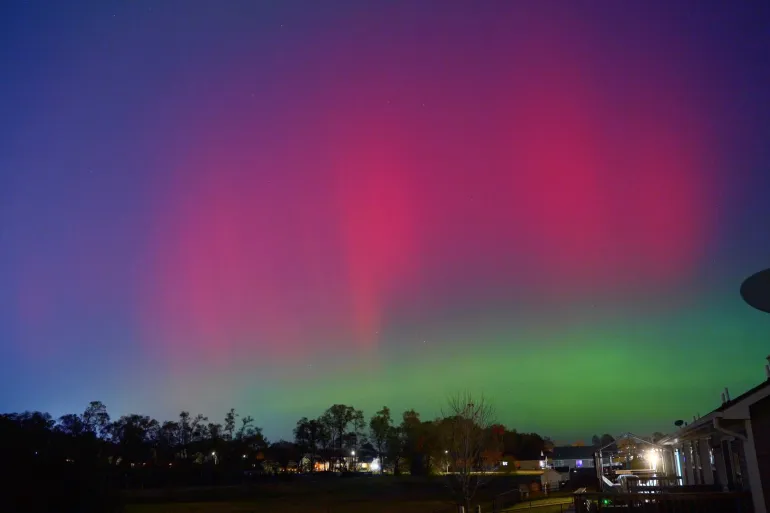
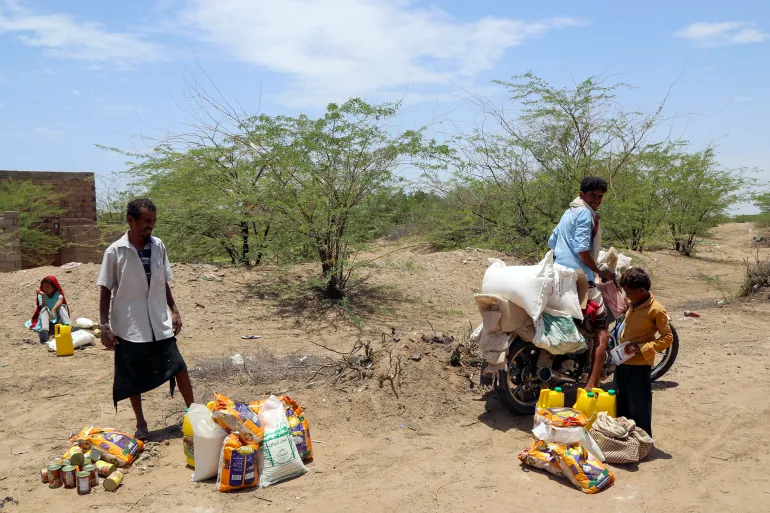



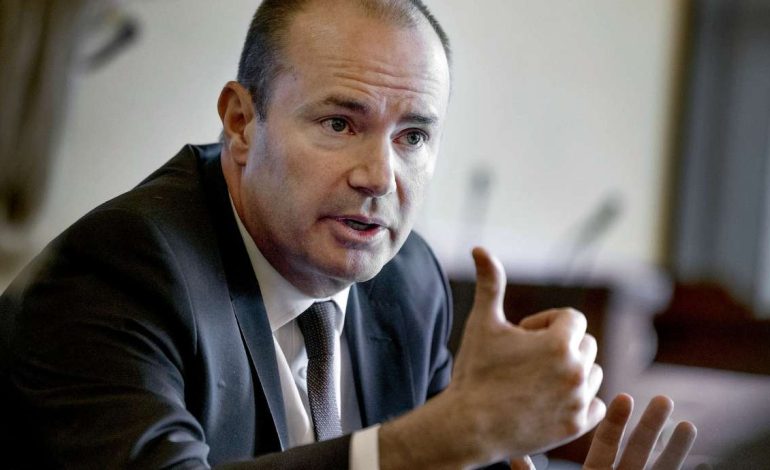


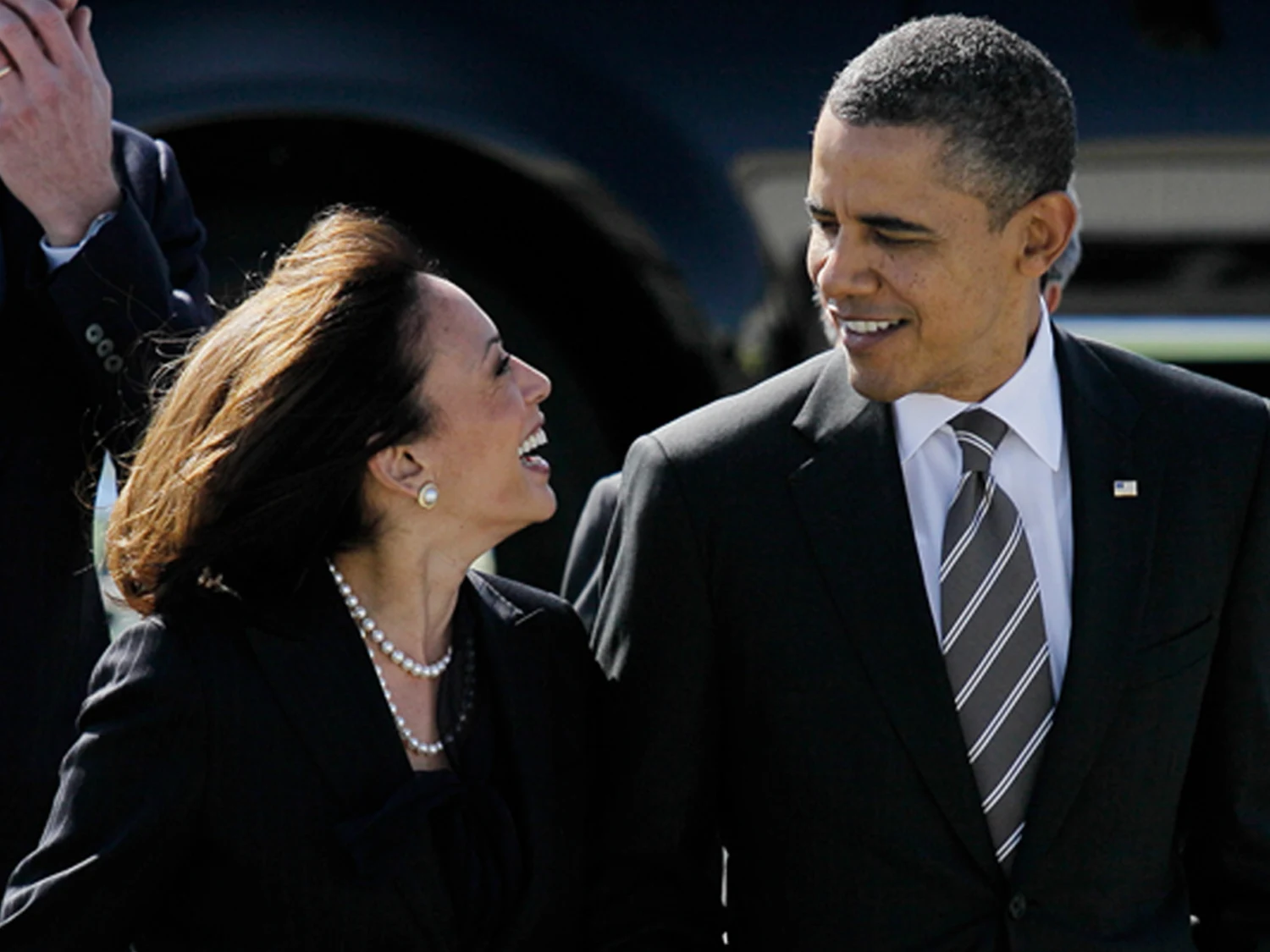
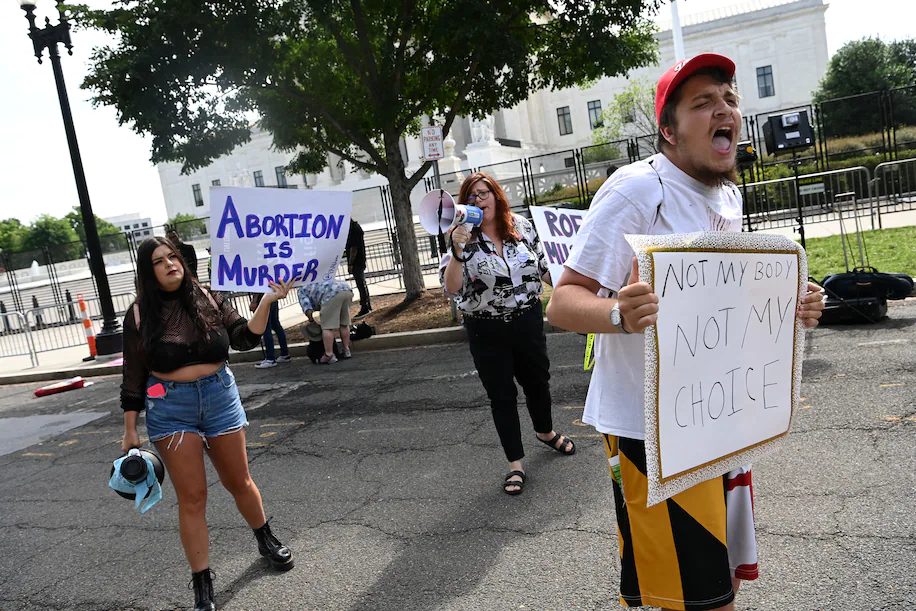
The latest news in your social feeds
Subscribe to our social media platforms to stay tuned